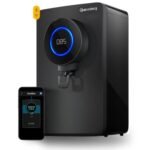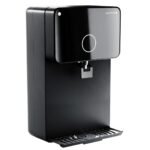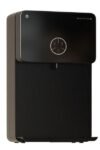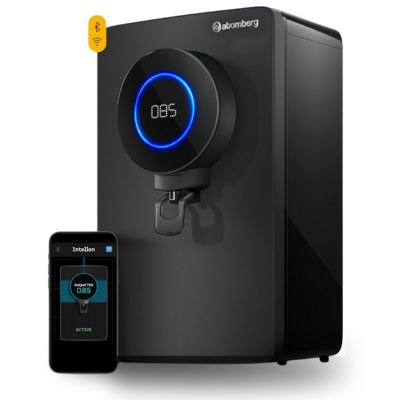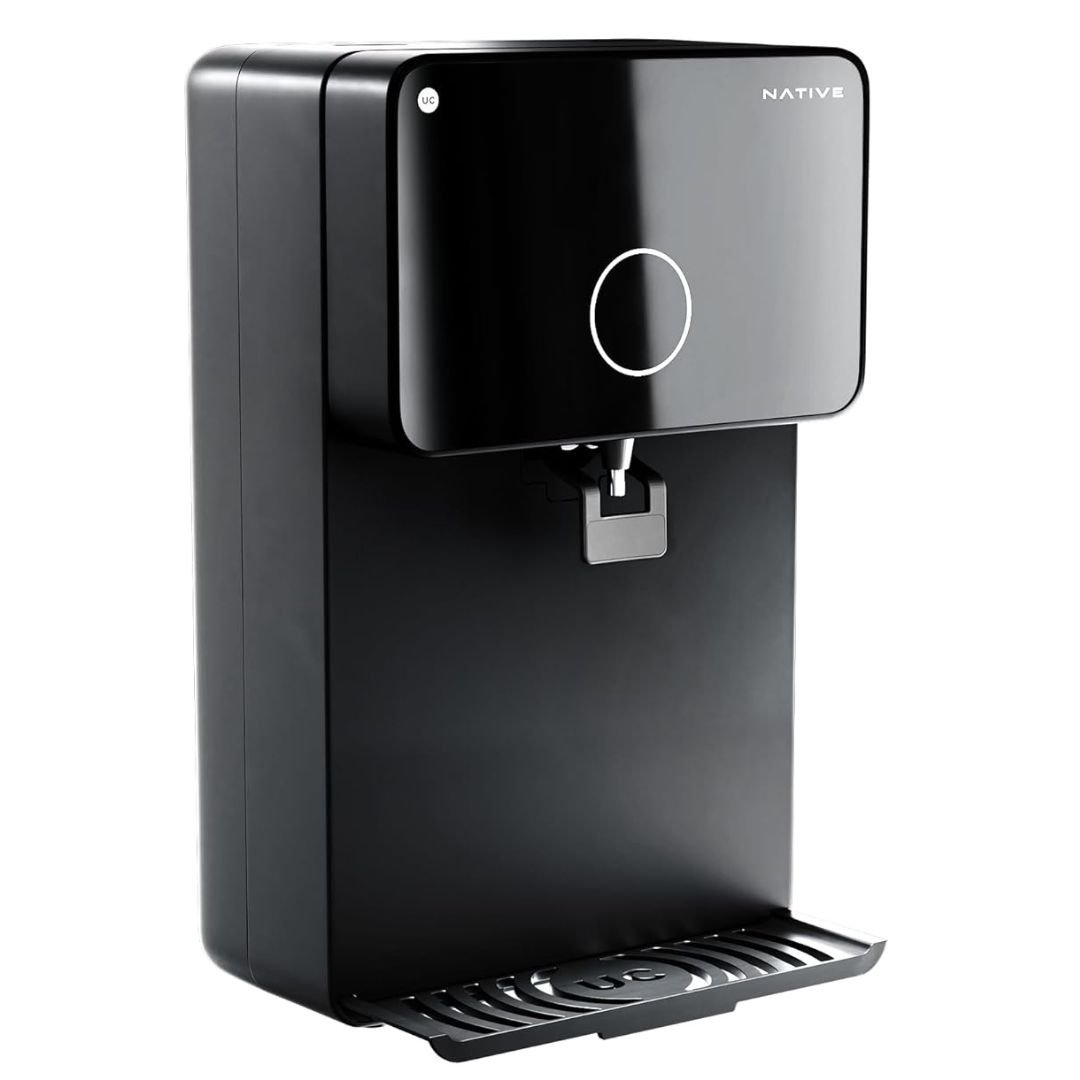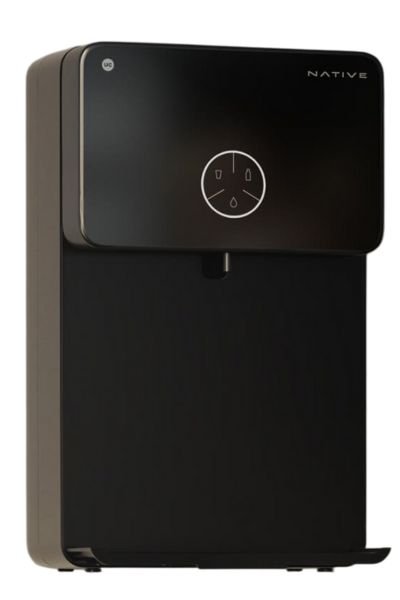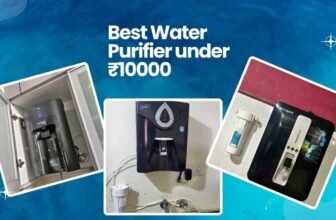
We have tested all three water purifiers very thoroughly, and after testing, we have checked the data of input water TDS and output water TDS. We have also checked their maintenance costs and tested them side by side from every angle, so that if you want to buy any of these three water purifiers, you can get complete information about which water purifier among these would be best for you according to your needs.
Pros of These Purifiers:
All three water purifiers use advanced purification technology – RO plus UV – and come with above seven-stage purification. These three water purifiers are very good for long-term savings because all three provide comprehensive warranty for up to 2 years and also provide minimum 12,000 liters of water purification if TDS under 500 PPM.
Cons of These Purifiers
In these three water purifiers, you won’t get manual TDS reduction control. You will get TDS reduction based on your output water TDS.
Performance
So okay let’s talk about the performance. Like I told you above, these water purifiers are designed different from normal RO+UV purifiers.
Adaptive vs. Complete Purification: What is the difference?
Adaptive purification is analyzing the source water and switching between RO and UF modes so that minerals can be preserve when TDS is in safe limits. When TDS is going more than threshold, then it is automatically engaging full RO purification.
Know more about the TDS Controller Vs Mineralizer in Water Purifier
Complete purification is relying on 100% RO processing after which remineralization is happening, and this approach both Native models are using. This technology is processing all water through RO membrane even if input quality is however it is.
Native method is adding back calcium, magnesium, and other minerals after purification, which some people are claiming that it is more consistent technique for water treatment.
Do they actually clean the water?
Short answer is yes.
When we are testing these three purifiers in our testing lab, then we are noticing significant improvements in overall water quality with each purifier.
Below is our data. We are doing like this:
- Before testing we are taking baseline measurement of source water to evaluate the quality.
- We are running each purifier with standard testing protocol.
- We are taking one more water quality measurement to gauge the performance.
And these are the results of each water purifier.
Atomberg Intellon Performance
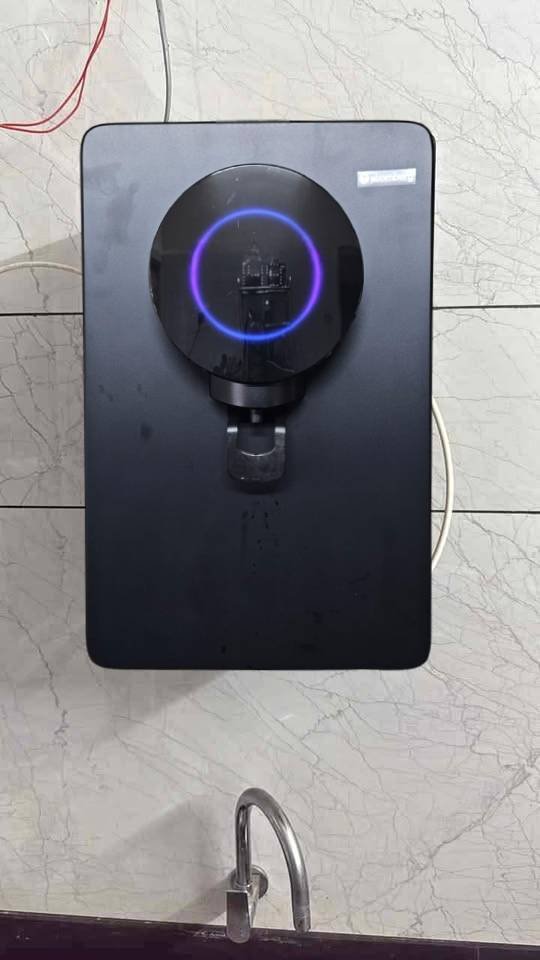
Starting Baseline
• TDS: 189 ppm
• pH: 7.2
• Chlorine: Present
After Purification
• TDS: 144 ppm
• pH: 7.8
• Chlorine: Absent
Within our testing the Intellon removed 81% of dissolved solids from the water sample we tested (~1L batch).
Intellon improved TDS levels by 81%.
Urban Company Native M1 Performance

Starting Baseline
• TDS: 510 ppm
• pH: 6.8
• Chlorine: Present
After Purification
• TDS: 101 ppm
• pH: 8.2
• Chlorine: Absent
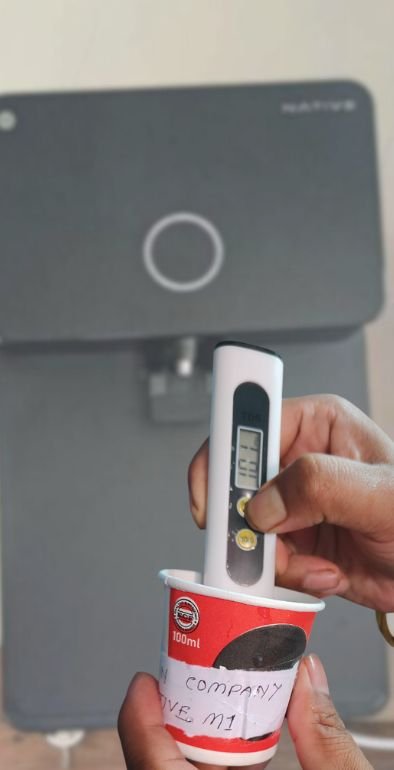
Within our testing the Native M1 removed 93% of dissolved solids from the high-TDS water we tested (~1L batch).
Native M1 improved TDS levels by 93%.
Urban Company Native M2 Performance
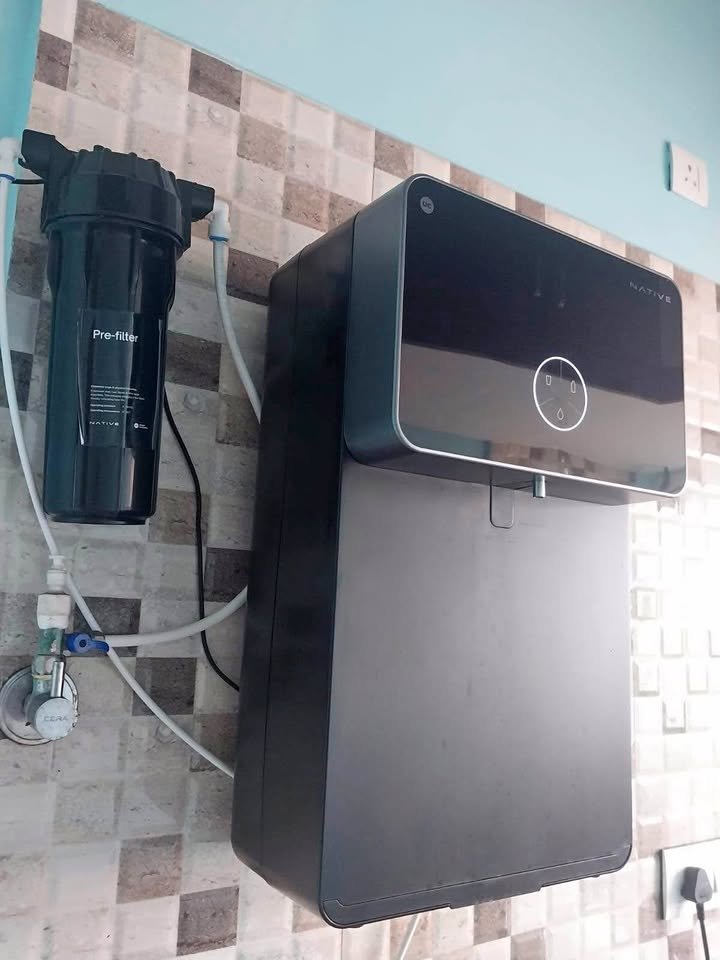

Starting Baseline
• TDS: 360 ppm
• pH: 7.0
• Chlorine: Present
After Purification
• TDS: 45 ppm
• pH: 8.5
• Chlorine: Absent
Within our testing the Native M2 removed 91% of dissolved solids from the water sample we tested (~1L batch).
Native M2 improved TDS levels by 91%.
Purification Technology
All three water purifiers use basic water purification technology such as RO and UV. But their approach to water purification is different. For instance, the Atomberg Intellon water purifier uses seven-stage purification. It uses RO, UF, UV, and alkalizer. And you need to keep in mind that it doesn’t have copper infusion.
Now, when we look at Urban Company’s Native M1 and M2 water purifiers, both use 10-stage water purification. But they use copper infusion technology. Plus, they also have an alkalizer.
Now, if we talk about TDS handling – all three water purifiers can purify source water with a minimum of 2000 PPM TDS.
But the TDS handling technology of all three water purifiers is slightly different. For instance, the Atombeg Intellon first checks what the TDS of your source water is. After that, it will determine if RO technology needs to be used, and if so, it will use it. The advantage of this is that the life of your RO filter increases. But there’s also a slight disadvantage. If TDS is found to be within 200 PPM and it doesn’t use RO technology, then it’s possible that heavy metals might remain in your water.
The basic UV technology and UF technology are being used so that you can get clean water. And if we look at the difference between Urban Company’s Native RO M1 and M2, we can see that the Native M1 water purifier can handle a maximum TDS of 2000 PPM. And the Native RO M2 clearly states that it can handle any TDS.
Even if the TDS goes above 2000, if your source water TDS is 2500 PPM or 3000 PPM, it can reduce it by up to 90%.
Filter Life, Maintenance, and Service Cost
The basic motto of all three water purifiers is low maintenance cost. The user should be able to get potable water with minimum yearly expenses.
And the difference lies in the technology used by all three water purifiers to extend the life of the RO filter.
All three water purifiers focus on ensuring that their RO filter life benchmark is at least 12,000 liters and lasts for at least 2 years. For this, the Atomberg intellon water purifier, to extend the RO filter life, checks the TDS of your source water to see how much TDS is coming. If it’s coming between 800-900 or 1,000 TDS, it will use its RO filter. If the TDS shows less than 200, it will determine that there’s no point in using the RO filter here. So it will avoid using it and will use the basic water purification technology provided in it, such as UV and UF. The advantage of this is that the filter life of the RO cartridge increases.
On the other hand, Urban Company’s Native M1 and M2 water purifiers focus on auto-cleaning their filter cartridge automatically after every water purification. The benefit of this is that the filter life increases so it can filter at least up to 12,000 liters.
And the best thing about Atomberg Intellon water purifier is that the company doesn’t offer any AMC plan. Whenever any part gets damaged, you only pay for replacing it.
The advantage of this is that if your source water TDS is low, then perhaps your RO cartridge life can go above 12,000 liters. Up to 14,000 liters and even 15,000 liters.
I have provided a table below showing the Atomberg Intellon RO water purifier parts list. It shows how much each part will cost.
| Component List | Pre-Filter | Inline Sediment Filter | Pre Carbon Filter | Membrane Protector | RO Membrane | Alkaliser + Taste Enhancer |
| Price (₹) | 200 | 430 | 490 | 250 | 1100 | 490 |
On the other hand, Urban Company’s Native M1 and M2 water purifiers come with an AMC plan. For instance, if you take their AMC for ₹5,000, you can use it for 2 years without any problems. If any problem or issue arises, the company will handle it. Their website states that their AMC plan is fixed at ₹5,000.
And if we compare this with any normal RO water purifier plan, it comes to at least above ₹5,200.
In the table given below, you can check Urban Company’s Native M1 and M2 water purifiers’ AMC plan cost and duration.
| Year | UC Native RO M1 and M2 | Other Band Normal RO + UV + UF |
| Year 1 | ₹0 | ₹0 |
| Year 2 | No Service Required | ₹5,000 |
| Year 3 | ₹5,000 | ₹5,000 |
| Year 4 | No Service Required | ₹5,000 |
| Year 5 | ₹5,000 | ₹5,000 |
| Year 6 | No Service Required | ₹5,000 |
| Year 7 | ₹5,000 | ₹5,000 |
| Year 8 | No Service Required | ₹5,000 |
| Total Service Cost | ~₹15,000 (Savings of ₹20,000) | ~₹35,000 |
Water Dispensing and TDS Level Checking Comparison
All three water purifiers are priced above ₹12,000. So all three must have some special smart features. Because all three water purifiers are new, and there are already leaders sitting in the market, such as Aquaguard, Kent, and V-Guard.
So let’s see what smart features all three water purifiers have. First, let’s talk about the Atomberg Intellon water purifier.
In this water purifier, you can see the live TDS status – what TDS level your water purifier is giving you.
Along with this, you can see in its app how many liters of water you purified today and what the average TDS level was. Additionally, you can control this water purifier from your mobile.
Now let’s discuss what differences there are in basic smart features between Urban Company’s Native RO M1 and M2 water purifier models.
In the M2 model, you can control this water purifier through your smartphone – like checking its TDS level. The basic smart features I mentioned in the Atomberg Intellon model are similar here too – it shows you the live TDS level, how many liters of water you purified today, and what the TDS level was. These basic features you’ll see in the M2 model, but these features won’t be available in the M1 model.
After this, let’s look at another smart feature in the M2 model – you can take water in three modes. For example, if you’re taking water in a glass and touch the glass button, you can take water for glasses under 200 ml. After this, if you touch the bottle mode, you’ll get water according to the bottle size. If you use free flow mode, you can draw as much water as you want. And when your vessel is full, you can manually close it. These three modes I mentioned won’t be available in the M1 model.
The retractable tray is available in both models. In the M2 model, the water dispensing is touch-sensitive, and its disadvantage is that if your electricity goes out, you won’t get water. The advantage of the M1 model is that it has manual tap dispensing, so even if the electricity goes out, you can still draw water.
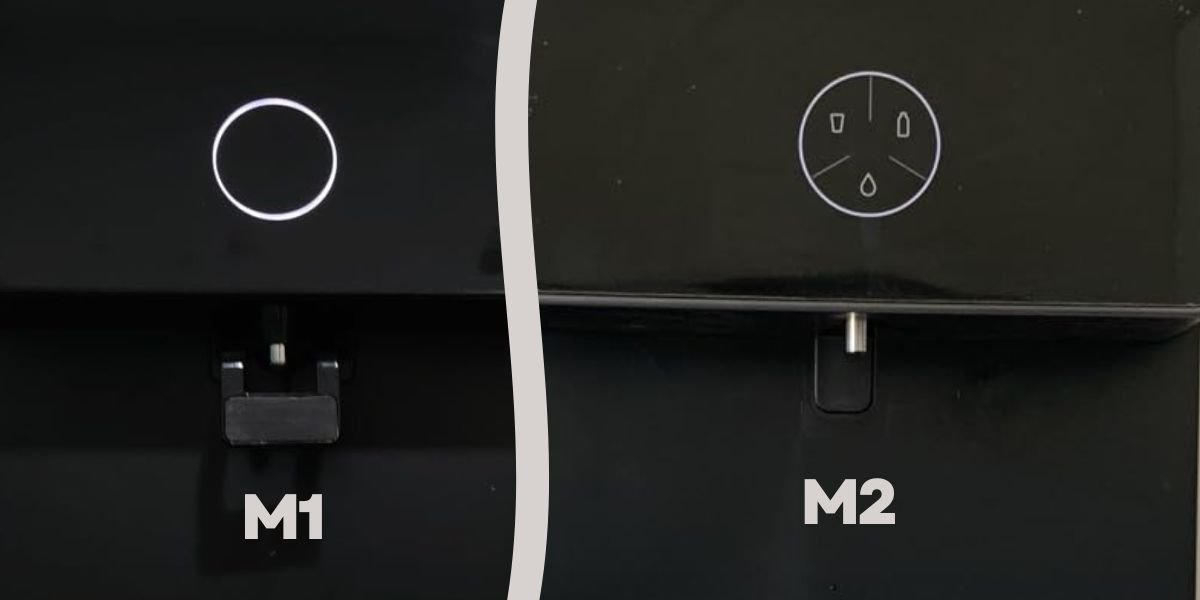
The live status of the water purifier active ring LED is available in both models. So these are the basic smart features differences among the three models.
Which water purifier is most best value?
If you are most concern about value, then best value water purifier will be that one which is having features according to your needing.
If you are having moderate TDS water and you are wanting water savings, then best value maybe will be Atomberg Intellon, which is giving 50% water recovery rate.
For high TDS water or if you are wanting zero maintenance worries for two years, then best value maybe will be original Urban Company Native M1.
Last, if you are having different-different water sources and you are wanting monitoring along with smart features also, then you check Native M2.
Specifications
Which water purifier is right for you?
When you are deciding which exact water purifier is right for you and your home, it’s a mix of knowing which features are important to you and understanding your water source.
For best efficiency, I will go with Atomberg Intellon.
This is most water-efficient purifier in this trio with 50% recovery rate and with adaptive technology. If you have varying TDS levels or you don’t want to waste water unnecessarily, then Intellon can be one solid option.
Intellon also has WiFi connectivity and also has TasteTune for customizable mineral levels.
For best reliability, I will choose Urban Company Native M1.
This purifier has 10-stage purification and this consistently handles water up to 2,000 TDS. You get zero service requirements for 2 years with complete warranty coverage.
For smart features and monitoring, I will recommend Native M2.
This purifier combines 10-stage purification with IoT monitoring and copper enhancement. M2 has app connectivity and preset dispensing modes for maximum convenience.
M2 provides real-time water quality monitoring with smartphone control and with advanced features.

